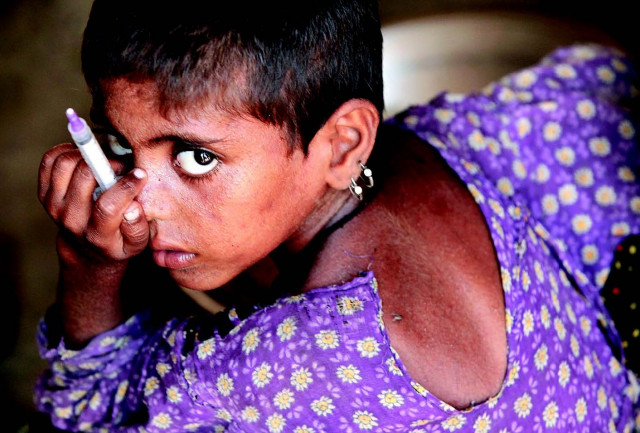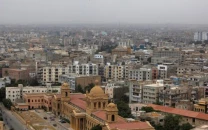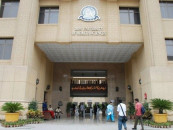‘Destroyed schools will cause more poverty’
Schools destroyed by floods have forced more than 1.6 million children out of the classroom.

NGO Save the Children warns of massive destruction to the education system with a major impact on hundreds of thousands of children, particularly girls and those from poor families. In the north of Pakistan, violent flash floods swept away roads, homes, hospitals, schools. In the south, thousands of families are still being evacuated from their homes by rising floodwaters. Those schools that are still standing are now temporary refuges, with five to six families living together in cramped classrooms. Save the Children estimates at least 5,000 schools are being used as shelters across the country. The unprecedented scale of destruction means it will be months before enough money and adequate resources are available to rebuild destroyed schools, if they are rebuilt at all. Those families now living in classrooms have no idea when they will be able to return to their devastated homes.
“Hundreds of schools have disappeared entirely, consumed by the Indus river, or are covered by meters of polluted water. It will be months if not years before children are able to return to class. For thousands of children, this gap could mean they may not return at all,” said visiting Save the Children’s director of emergency preparedness and response, Sonia Khush. “While more affluent families will be able to pay for their children to board at schools in areas unaffected by floods, the poorest families, particularly those in remote rural areas, will have no choice but to keep their children at home or send them to work. This would mean a massive backward step in literacy rates across the country and ultimately an increase in poverty.”
Save the Children says the gender gap between male and female education, already problematic in parts of Pakistan, could be widened by the disaster. Before the floods the literacy rate for men in Swat, northern Pakistan, was 42 per cent. Among women, it was less than 13 per cent, according to the Government Census. With farm lands and livelihoods washed away, the poorest families are now even poorer. Rural parents are saying that if they are able to send any of their children to school, they will send their sons and keep their girls at home. Save the Children is working in remote rural communities to enroll children in school and train local teachers.
The international children’s charity has also set up 37 child-friendly spaces for children affected by floods so that they can play, draw and regain a sense of normalcy and routine. The agency will have 70 spaces operating by the end of the week.
“The emotional well-being and future health of millions of children depend on getting schools up and running as quickly as possible,” said Khush. “International donors must support the Pakistani government and make rebuilding of flood-damaged schools a priority if we are to avoid an education crisis that could damage a generation.”
Save the Children works in 120 countries.
Published in The Express Tribune, September 9th, 2010.


















COMMENTS
Comments are moderated and generally will be posted if they are on-topic and not abusive.
For more information, please see our Comments FAQ